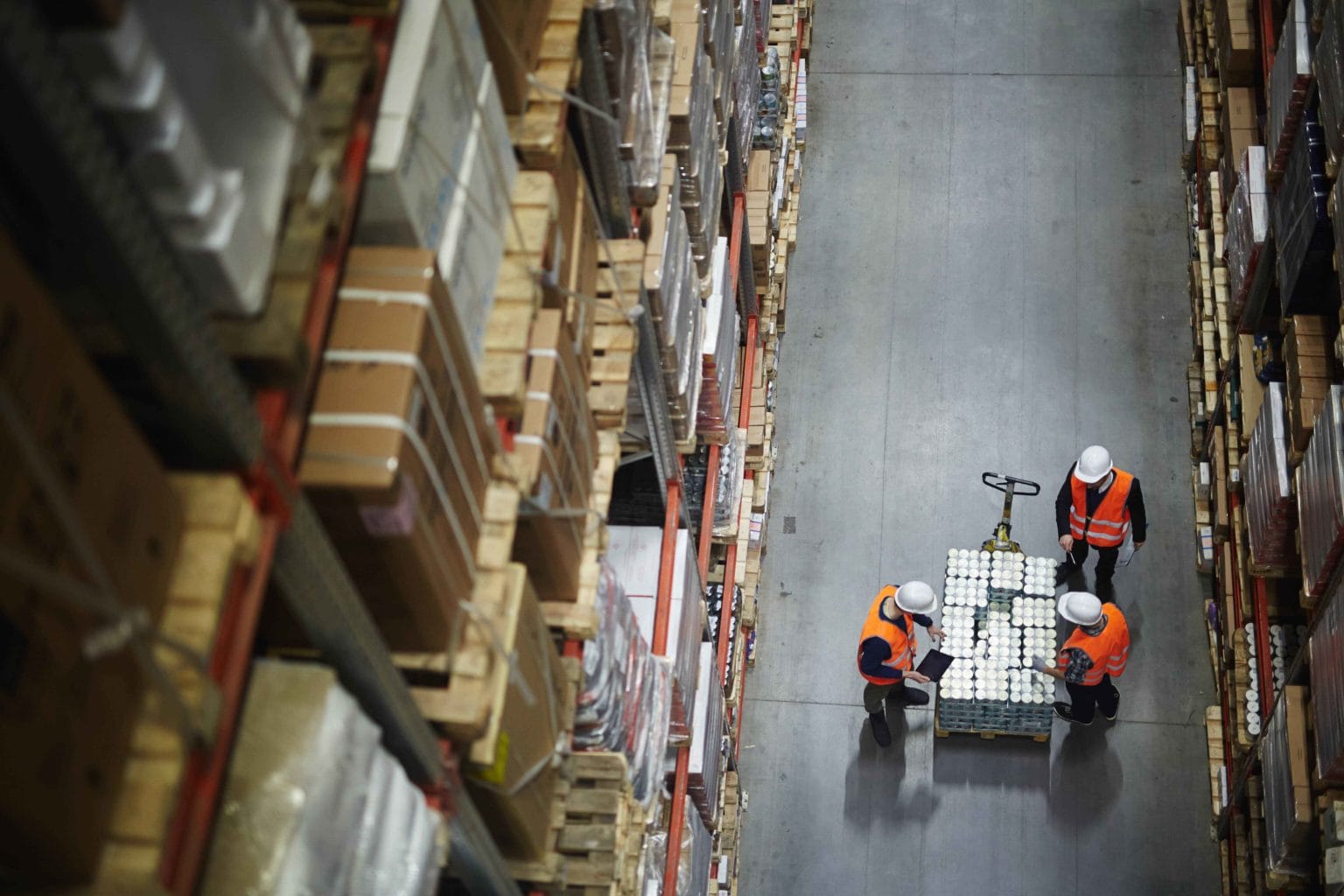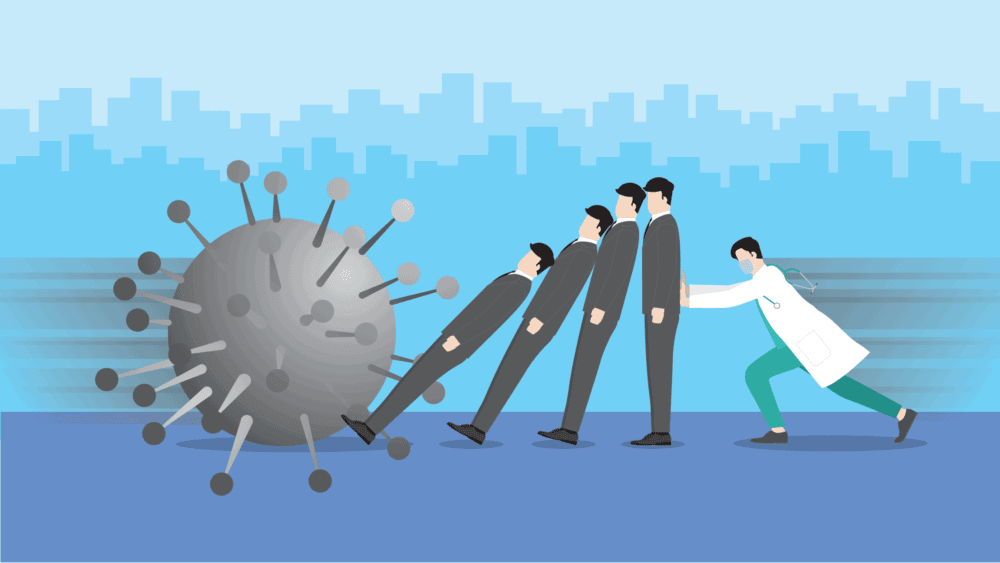While the healthcare industry, justifiably has stricter protocols as its products and services directly impact human health, it is often accused of being slow to move, encumbered by complex processes and rigidity. Roche Dia:gram takes a look at how the healthcare industry’s response to pandemics can improve.
Marc Benioff, an IT expert and cloud computing pioneer famously said, “Speed is the new currency of business” and it isn’t very far off the mark in describing the tech industry that launches comparatively more innovations and product launches than many industries, including healthcare.
There are several reasons for this. To begin with, fewer barriers to entry – any person with the right skill sets and technical know-how can seize upon a market opportunity that addresses a key desire such as the convenience in hiring a cab, booking a hotel room or sharing pictures. This isn’t the case in healthcare, which requires approval from regulating bodies and government authorities before a company can be formed.
Another key differentiation is the stringent regulations that govern healthcare. Trials in tech involve beta testing which solicits feedback from end-users directly. Product development in healthcare, by contrast, can take several years, cost billions of dollars and involve clinical trials on human subjects. Developing a diagnostics product for instance, from idea to commercial launch can easily take 2-3 years at a minimum. This includes time for R&D, product design and prototyping, laboratory and field evaluation, an established quality management system, regulatory approval and technology assessment.

While the healthcare industry, justifiably has stricter protocols as its products and services directly impact human health, it is often accused of being slow to move, encumbered by complex processes and rigidity.
Facing a pandemic
Yet, as the world has witnessed, against all odds the industry acted in record time to launch an unparalleled global response against COVID-19. A very visible example of this is the diagnostics industry, which introduced test kits in a matter of weeks to support patients around the world.
“The velocity of transmission and unprecedented surge in cases meant there wasn’t enough time to prepare. As borders shut and countries went into lockdown, health systems had to manage with the limited resources at their disposal. We have seen the healthcare industry rise to the occasion, but it hasn’t been without its challenges,” said Dr Murray Lumpkin, Lead for Global Regulatory Systems Initiatives at the Bill and Melinda Gates Foundation while speaking at the MedTech Forum organised by the Asia Pacific Medical Technology Association (APACMed), a representative industry body, in September 2020.
“The speed and volume of innovations require the dedication of immense regulatory resources that no single country can or should manage alone,” a recent position paper from APACMed states, calling on governments to “examine whether their emergency regulatory mechanisms are truly agile, risk-calibrated, and fit-for-purpose, and consider what can be learnt from the regulatory experiences of other countries.”
Perhaps the biggest lesson is how the ecosystem in Asia Pacific can better synchronise regulatory efforts to combat the current and future disease outbreaks.
“We need to adopt regulatory pragmatism. Exceptional circumstances call for a different set of procedural and technical requirements. The goal should be enabling quick access to innovations based on the evolving nature of the virus,” notes Lance Little, Board member of APACMed and Region Head for Roche Diagnostics Asia Pacific.
Avoiding a trust deficit
The expert panel discussed the adoption of reliance models to enable synchronised and timely decisions among regulatory authorities and leveraging multi-lateral harmonisation platforms.
Dr Murray Lumpkin says, “Agility means being transparent so that stakeholders have confidence in the safety of the diagnostics, therapeutics and vaccines. In an emergency situation, people are looking to the authorities as figures of trust and credible information. And the foundation for this trust is transparency.”
“Acting quickly to minimise needless deaths and the devastating impact on society can limit long-term economic damage. But, regulatory agility is one piece of the puzzle and we should not focus on it in isolation. Ultimately, the resilience of healthcare depends on the resilience of various other components such as supply chain, care delivery and public health infrastructure,” says Lance.

The road ahead
The world is facing COVID-19 without a vaccine, and as a result, in many ways, testing has been the first line of defense.
In the push towards a more stable healthcare environment and the revival of economic activity, APACMed has included other recommendations in its position paper – such as ensuring adequate access to both molecular and serologic tests to enable a robust testing strategy in each country, the adoption of international best practices to avoid the duplication of efforts locally especially in performance evaluation, and most importantly, to consider a phased approach to determine the most appropriate combination of regulatory mechanisms and tools, as they navigate through different phases of the pandemic.
The World Health Organization (WHO) Director-General Dr Tedros Adhanom Ghebreyesus, has said, “This will not be the last pandemic. History teaches us that outbreaks and pandemics are a fact of life. But when the next pandemic comes, the world must be ready – more ready than it was this time1.” And this time, the hope is that Asia Pacific will be ready too.
Read more healthcare and diagnostics news at Roche publications.
*The information contained in this article was extracted from Edition 2020, Vol 7.






